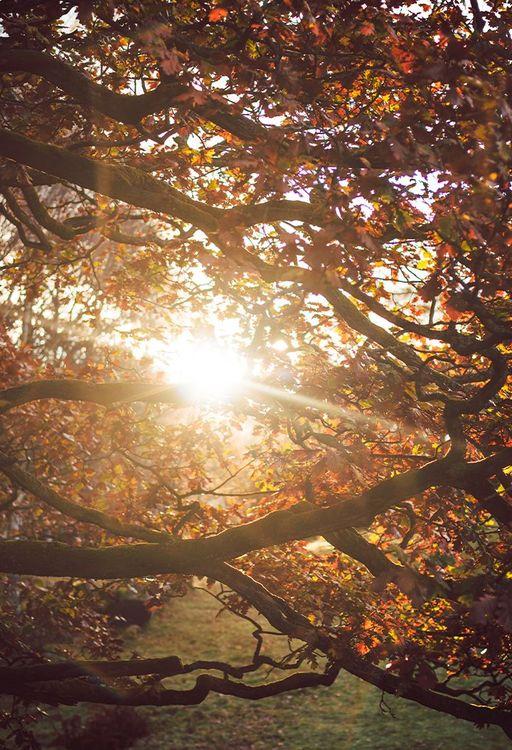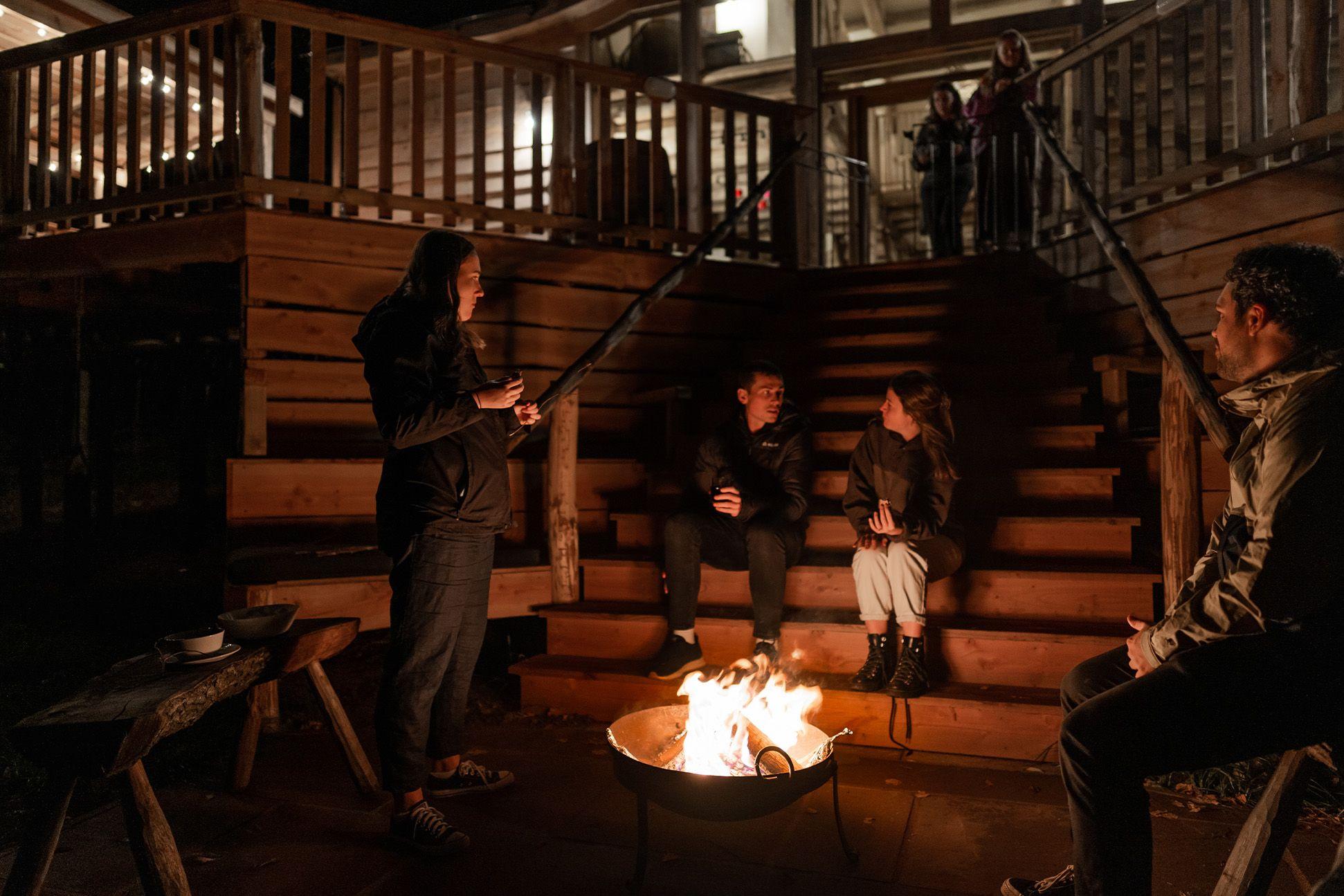
Japan has 72 seasons, why do we only have four?
A few years ago, we invented a thing called Sortumn. It was a new season, sitting between summer and autumn, defined by indecision over what the weather was doing. To us, it was just a joke, but with some, like The Telegraph for example, it gained a surprising credibility. Little did we know that we were following an ancient tradition. Japan, inspired by even older Chinese tradition, separates the year into 72 micro seasons (just imagine the toppings on a settantadue stagioni!). They’re centred around things like animal behaviour, weather patterns and the flowering of plants, with each given a poetic name, like “Frogs start singing” or “Earth is damp, air is humid”. We thought we’d see if any had the Sortumn factor, the potential to shape popular culture (ok, the occasional piece of throwaway fashion content) for the ages. Here’s a few we found that we reckon are worth bringing over.
Early February
Japanese name: East wind melts the ice
This is the period when it’s still mostly winter, but just now and again you get a day, an hour, maybe just a breeze, that has a faint hint of warmth to it.
Suggested British name: TF for that

Mid March
Japanese name: First peach blossoms
Nature’s great cycle of renewal sees green shoots breaking through the earth and buds forming on bare branches. We all start to feel a little more positive. This is when new year’s resolutions should really be made, we reckon, not just after Christmas when you’re still full of Quality Streets and flu germs.
Proposed British name: Unbrowning

Mid June
Japanese name: Plums turn yellow
As the fruit begins to ripen, the prospect of summer’s full sweetness comes into view. Inspired by the first days of sunshine, many of us flock to the coast, only to find that the sea hasn’t yet had much of a chance to warm up.
Proposed British name: Plums turn blue

End of August/Start of September
Japanese name: Heat starts to die down
To the Japanese, in some parts of the country, this would have been when a hot and humid summer broke and mellower air flowed in as if someone had opened a window. Britain is slightly less dependable than that though, so it’s more likely to be when you feel like the hope of another hot day for the year is pretty much gone and summer is over.
Proposed British name: Jumper time

Late November
Japanese name: Rainbows hide
It must have seemed worth marking the time of year when a mixture of sun and rain gave way to slate grey skies for weeks, but in Britain, where the weather can’t be trusted for five minutes let alone five days, we need to think differently. This is the time when we gather round fires, to toast things, tell stories and spend hours blowing smoke into our own eyes.
Proposed British name: Squinting season

Late December
Japanese name: Deer shed antlers
Roe deer over here do still shed antlers around this time of year, but it hardly makes for a major cultural event anymore. It feels more appropriate to think about what we all cast off in the runup to Christmas – a whole calendar of fatigue, decent taste in music, the pretence of doing any real work. It’s the season where you feel like you’re creaking towards the end of the year, running on fumes and tied together with string, until at last, you can relax for a while.
Proposed British name: Slump








